Caring and attentive mothers always monitor the health of their child. The most important thing for parents is that their baby is healthy. Important indicators Assessments of the cardiovascular system are pulse and blood pressure. These values are different at different ages. Moms should know distinctive features and normative indicators.
Older children and teenagers
For athletes who are in excellent condition physical condition, the average heart rate tends to approach the lower end of this average and can drop as low as 40 beats per minute. Aerobic exercise significantly increases your heart rate. To find your normal heart rate range during exercise, calculate the following equations: Max Workout = 220 - your age. So if you're 35, your maximum heart rate during exercise would be 185 beats per minute.
Features of children's pressure
The child's body grows and changes to the walls of blood vessels. In babies they are very elastic, the lumen is wider, and therefore blood pressure is lower. With age, the vessels lengthen, the child grows, and the speed of blood flow decreases. The lumen of the vessels narrows and increases.
Boys' blood pressure after five years is slightly higher than that of their girlfriends of the same age. close to the readings of an adult, as the child approaches puberty of its development.
This word seems a little barbaric, but becomes familiar when you're pregnant. Monitoring is an important activity at the end of pregnancy and during labor. When you come in for monitoring, the midwife places you in a hospital bed. They are measured according to their blood pressure. Basic number 20: Your uterus is at rest. When you have a contraction, your abdomen stretches and hardens, putting pressure on the sensor. Of course, this is not exact, depending on the mass of fatty tissue between your skin and uterus, your belly will support more or less strongly on the sensor!
Factors affecting blood pressure in children
Children aged 10 years are usually very active and emotional. And the child is influenced by many factors. Among them are the following:
1. Weight and height.
2. Work of the heart.
3. Condition of blood vessels and arteries. 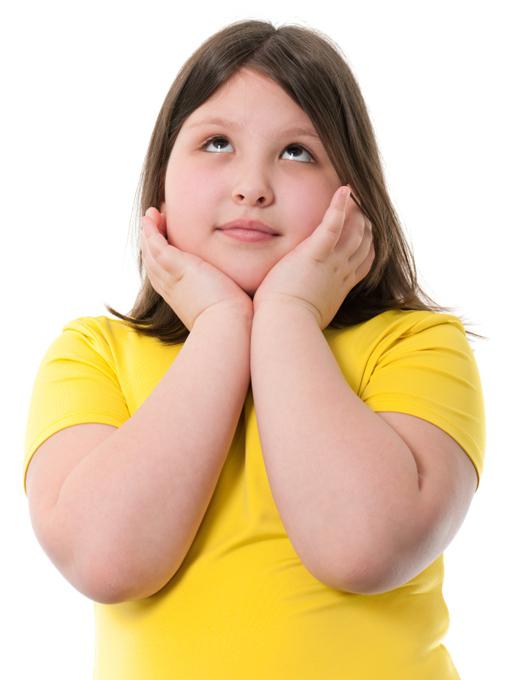
4. Physical and mental stress (the child’s fatigue will greatly affect it).
It also detects your baby's movements to check if they are moving well. If you have the impression that your delivery has begun, if you have a pregnancy abnormality and, finally, throughout your delivery. First, you can check whether you are having contractions, their intensity, and the time that has passed between each one. In this way, it is possible to detect early work or, conversely, to reassure a mother who believes that she is working when she is not.
Monitoring helps determine whether fetuses are present. When a child is healthy, his heart rate is between 120 and 160 beats per minute, with many variations. If the baby's heart beats faster or slower than this in its mother's belly for several minutes, or if the rate of those beats does not change even with stimulation, there is a problem. Doctors may then decide to initiate delivery or perform an emergency C-section.
5. Emotional state. We know that children at this age are impressionable and vulnerable.
6. Diseases of the child. The presence of various pathologies.
7. Environment. Children in the northern regions have lower rates than residents from the southern part of the country.
8. Hereditary factor.
All these components are interconnected. Food intake and the time of day when pressure is measured will also affect the indicators.
He then compares the contractions and the baby's heart rate to see if it suddenly drops with each contraction or if it increases dangerously. Once you've calmed down, stuck with your sensors strapped to your belly, you'll hear your baby's heartbeat. you'll probably want to know what these numbers and curves mean.
The device itself shows two numbers: the number of beats per minute of the baby's heart is from 120 to 160, and the intensity of your contraction is most often from 20 to. There is also a sheet that comes out of the device gradually. On this sheet you will see two curves. The top represents the evolution of your little guy's heart rate, and the bottom represents your contraction. When there is a peak in the lower curve, you have a compression! On these curves, one centimeter represents one minute.
What is normal blood pressure for 10 year old children?
There is a formula by which you can calculate the pressure of a particular child yourself. Blood pressure in children 10 years old (normal) is a maximum systolic of up to 120 mm. rt. Art. and up to 70 mm Hg. Art. - diastolic.
Systolic is calculated as follows: 90 + age multiplied by two. This means that for a ten-year-old child it will be 90+10*2=110. Diastolic: 60 + age, which means 60+10=70. The optimal blood pressure of a 10 year old child is the norm - 110/70. Deviations from these indicators by 10-20 units are acceptable, taking into account factors affecting the baby. Of course, you cannot ignore your pulse. You need to pay attention to its rhythm and tension. For a 10-year-old child, this is 75-80 beats in one minute.
Finally, between the two curves you will see small bumps, more or less long. These are children's movements! Be careful, though don't panic! You can read the curves, but if the hospital staff tells you everything is fine, don't worry! The first time you heard your unborn baby's heartbeat, you felt an indescribable emotion. On the other hand, during your fourth two-hour monitoring, this noise can seriously affect you in the system.
If the position is adequate, you can try to sleep. Plan books, games, phones, anything that can be carried and can help you find less time. But above all, try to use monitoring and find what stimulates your baby the most! During stimulation, his heart accelerates and he moves. So try talking, touch your belly in different places, ask your dad or someone else who accompanies you if you are not alone, and take turns touching your belly.
How to measure a child's blood pressure correctly
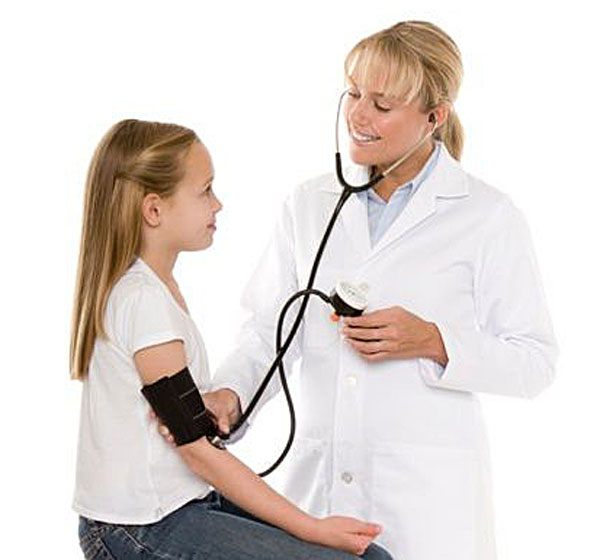
Electronic tonometers are widely used to measure these indicators. They are simple and easy to use at home. When blood pressure is measured in children aged 10 years, the norm should be about 110-120 mm. rt. Art. by 70 mm. rt. Art. These indicators may have deviations in big side, if the child was actively moving before the measurement.
To measure pressure correctly, you need to follow several rules:
- It must be measured in a calm state. It is forbidden to move or talk at this moment.
- You need to use a special cuff for children. Its width should not be more than 2/3 of the shoulder length.
- If measurements are taken at intervals, then it must be measured in one position, sitting or lying down.
It is recommended to measure blood pressure in the morning or after the child has rested for at least 15 minutes. Place your hand at heart level, palm up. The cuff is placed on the bare arm 2-3 cm above the elbow. The hand should not be squeezed by clothing. The cuff does not need to be tightened; there should be room for one finger between it and your hand. The best option for a child is to measure blood pressure 3 times at the same time interval in one position to see the full picture of changes. The lowest readings will be considered more accurate.
Deviations from the norm
If a child has health problems, then it is imperative to monitor blood pressure. When blood pressure is below normal, metabolism is disrupted and tissues are poorly enriched with oxygen. There may be a malfunction in the functioning of internal organs: liver, kidneys, heart, and the endocrine system suffers. If the pressure is higher than normal, vascular ruptures and even hemorrhage may occur, but, fortunately, this happens very rarely in children. If the blood pressure of a 10-year-old child is normal, and the pulse also corresponds to age, then everything is fine with health. If there are deviations from normal values to a lesser or greater extent, diseases such as hypertension or hypotension can already be suspected. It is from the age of ten that a doctor can diagnose these diseases.
Hypertension and its symptoms

IN childhood There are two types of hypertension: primary and secondary. Primary is a temporary increase in pressure associated with physical or emotional stress. This increase is not permanent. We can observe it in completely healthy children.
Secondary hypertension, or arterial hypertension, is a stable increase in blood pressure over a long period of time. It is associated with the presence of certain pathologies in the body:
- Kidney diseases.
- Problems in the endocrine system.
- Hypertension is most often observed in children with overweight prone to obesity.
An increase in pressure in the body, even for a short time, leads to undesirable changes in the functioning of organs. First of all, this affects the functioning of the heart and blood vessels. The vessels narrow, their walls thicken, thereby not providing adequate blood flow to the organs. The heart muscle is poorly supplied, works hard, which means its density increases. As a result, the walls of the arteries thicken, tissue nutrition deteriorates, which weakens the body as a whole.
Children, as a rule, do not feel anything, which cannot be said about the reduced indicators.
Hypotension and its symptoms
If the blood pressure in 10-year-old children is normal and the pulse is normal, then your child is completely healthy. In the case when the indicators are significantly reduced, then we can already talk about hypotension. This can be observed after a long illness or great emotional stress.
Symptoms indicating low blood pressure:
- General weakness is characteristic.
- Fatigue.
- Headache.
- It's difficult to wake up in the morning.
- Increased sweating during physical activity.
First of all, such a child needs to have his heart and blood vessels examined.

Treatment and prevention
How to treat hypertension or hypotension in children? Firstly, you need to conduct a thorough examination to identify the diseases that provoked the increase or In no case should you self-medicate. All medications must be prescribed by a specialist.
To prevent hypertension, proper nutrition plays an important role and healthy image life. Carefully monitor your diet: dishes should not contain a lot of salt and fat. Sitting at the computer, as is now fashionable, should be minimized, move more and do physical exercises. All this combined with proper nutrition will give positive dynamics. If you measure blood pressure over several days and the readings are 120 to 70, then you can say that blood pressure in 10-year-old children is normal. This means your efforts were not in vain.
To prevent hypotension, we put first place physical exercises with gradually increasing loads and, of course, full and healthy eating. Very good influence Such children are hardened.

The child should take medications strictly under the supervision of his parents. Adults themselves should become an example for their children. If necessary, then reconsider your eating habits and end a sedentary lifestyle. By doing this, you will help your child cope with his illness. The blood pressure of a 10-year-old child plays a big role in his subsequent development and the formation of a maturing organism.
Since not only the adult and elderly population, but also children and adolescents need to measure blood and pulse pressure, many parents often ask the question: “What pressure is normal for a 10-year-old child, and what is considered a deviation?” What if it’s a baby, preschooler or teenager? What are their meanings? Let's try to understand the question of what normal blood pressure a child should have in different periods his life.
What do heart rate and blood pressure indicators indicate?
Data from these two components make it possible to characterize the state of the human cardiovascular system. Deviations in indicators indicate serious problems in the body. These can be either independent diseases or a consequence of other types of developing diseases.
Blood pressure concept
This is common to the walls of blood vessels. It has 2 main parameters: systolic (upper), indicates the pressure at maximum contraction of the heart at the moment of blood ejection, and diastolic (lower), on the contrary, indicates pressure on the walls of blood vessels when the heart muscle is maximally relaxed. The difference between the upper and lower values is an indicator of pulse pressure.
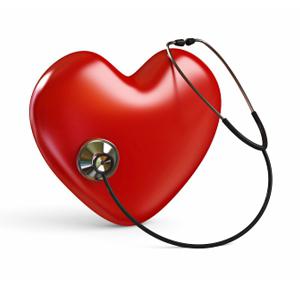
Do people have the same blood pressure?
At different periods of human life, measuring blood pressure shows different values. When a baby is born, his blood pressure is low. The older he is, the higher his blood pressure, since the tone of blood vessels increases over the years and their elasticity is lost. Typically, systolic and pulse pressures add up to 200.
Normal blood pressure levels in children
The generally accepted average norm is considered to be 120/80 mm Hg. This indicator characterizes good health in adults. Everyone has their own norm, which can be influenced even by factors such as living in urban or rural conditions, hereditary predisposition, and dietary patterns (for example, a tendency to overly salty foods). To operate with knowledge of what is considered the norm, you can resort to various formulas and techniques. All of them give universal indicators for children of different physiques and constitutions, be it, for example, tall or short, thin or overweight child.
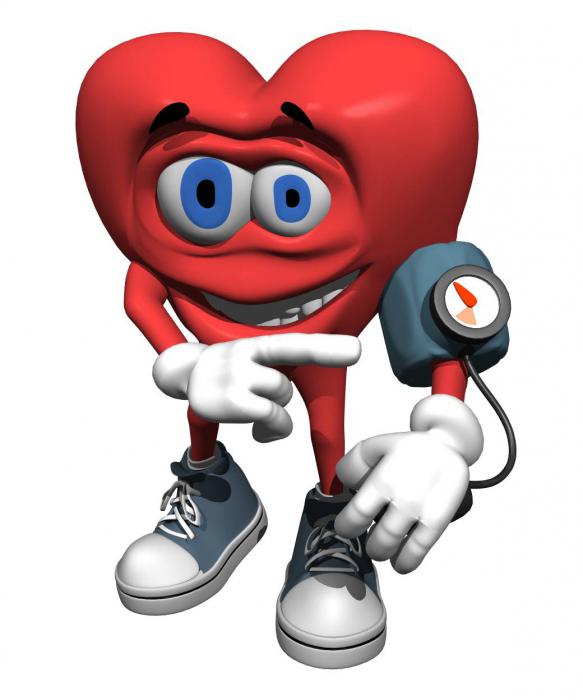
So what is the blood pressure in children? For newborns and children up to one year old, the acceptable systolic pressure formula is 76 + 2x, where x is the number of months of the child. Diastolic is 2/3 - 1/2 of the maximum upper one. To measure pressure in children older than one year, they resort to I.M. Voronin’s formula: for systolic it is 90 + 2x, diastolic - 60 + x, where x is a quantitative indicator of age in years. As an example, we will give it should be 110/70 (90+2x10/60+10). The lower limit of normal systolic pressure should not exceed 75+2x, the upper limit - 105+2x. The calculation for the diastolic indicator is similar: the permissible minimum is 45+x, the maximum is 75+x. Consequently, the blood pressure of a 10-year-old child (normal permissible values) can fluctuate between 95-125/55-85.
Table of pressure for children of different ages (minimum and maximum permissible parameters)
| Age of children (in years) | Pressure | |
| Upper | Lower | |
| Newborn | 60 - 96 | 40 - 50 |
| 1 month | 80 - 112 | 40 - 74 |
| 1 | 90 - 112 | 50 - 74 |
| 2 - 3 | 100 - 112 | 60 - 74 |
| 4 - 5 | 100 - 116 | 60 - 76 |
| 6 - 9 | 100 - 122 | 60 - 78 |
| 10 - 12 | 110 - 126 | 70 - 82 |
| 13 - 15 | 110 - 136 | 70 - 86 |
How to measure blood pressure correctly?
To determine what pressure is acceptable in children at a particular age, you should use a device for measuring it - a tonometer (there is an automatic or semi-automatic one). A very popular electronic device at home. When measuring pressure, the child's arm should be extended, palm facing up. A rubber cuff covered with fabric is attached to the bare forearm at a 2-3-centimeter distance from the elbow bend (so that the index finger can fit freely under it). The phonendoscope is placed on the pulsating artery at the elbow. Air is inflated into the cuff until the pulse disappears. When you open the valve and slowly deflate the air from the cuff in a phonendoscope, you need to listen to the first and last sound tones, which will be indicators of systolic and diastolic pressure, respectively.
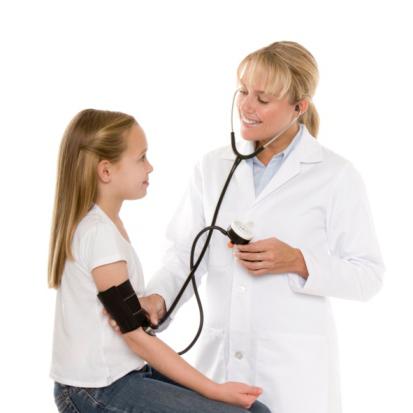
Measurement Features
To obtain more accurate values, it is more correct to measure blood pressure in children immediately after sleep or a short rest, since physical and emotional activity helps to increase parameters. Caffeine can affect the results, so it is better to avoid products containing it at least an hour before taking measurements. For greater accuracy of readings, it is better to purchase tonometer cuffs specially designed for children. For children of different ages, the width of the cuff will vary. So, it will be (in cm): for newborns - 3; for children under one year old - 5; preschool children - 8; teenagers - 10. It is believed that the lower edge of the cuff cannot be higher than 2-3 cm from the cubital fossa. For children under 2 years of age, measurements are taken in a lying position, for other age categories - lying, sitting, even standing. It should be understood that measuring blood pressure in children on both arms can give different indicators. It is better to take measurements 3 times, after a few minutes each, and in the same position. The correct indicator will be considered the smallest value obtained. Sometimes an increase or decrease in blood pressure can be a consequence of a child’s fear of visiting hospitals or rejection of doctors in white coats. If your child does not complain of being unwell, it makes sense to recheck him in a calm home environment.
What if it's not the norm?
As a rule, up to the age of 5, the pressure in boys and girls is equal; at the age of 5-9 in boys it is slightly higher. With an increase in the load on the heart muscle, systolic pressure indicators are generally higher in all adolescents (at 12-14 years old for girls and at 14-16 years old for boys). Promotion is especially important for plump people.
![]()
A few words about hypertension
Blood pressure above the maximum permissible norm without obvious signs, for example, as a result of puberty changes in the body, stress, minor motor activity, including in the fresh air, indicates possible primary hypertension. For the most part, this is not even a disease, but some kind of response of the body to external signals.
High levels of upper blood pressure are an alarming sign indicating dysfunction of the thyroid gland and anemia. If both the upper and lower values are too high, it is worth checking the functioning of the adrenal glands, heart, central nervous system and especially the kidneys. This is already secondary hypertension. It is important to eliminate the cause of the primary disease. Eating black currants has a good effect on reducing blood pressure.
Who is at risk for hypotension?
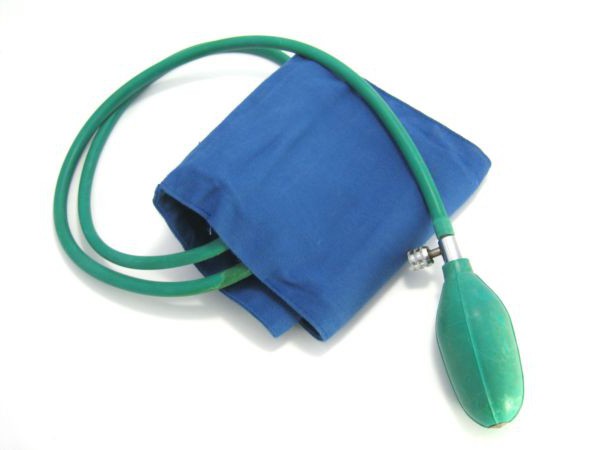
On the contrary, or hypotension indicates fatigue, weakness of the body, and dizziness. Not so dangerous, more typical for asthenics. It is observed during infections, fasting, shock, fainting, heart attacks, etc. Hardening, sports, and caffeine (in moderate doses) can restore normality.
Regardless of what blood pressure a 10-year-old child has - whether it is normal or abnormal - if he is not feeling well, he should definitely consult a doctor.



